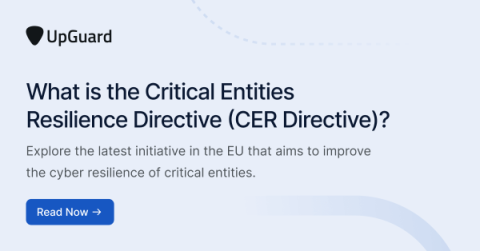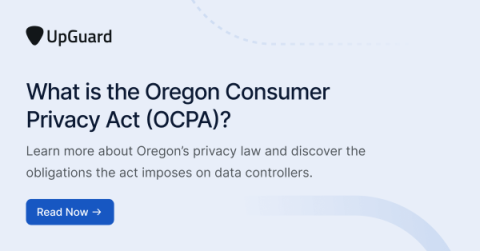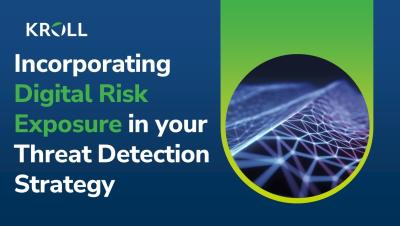What is the Critical Entities Resilience (CER) Directive?
The Critical Entities Resilience (CER) Directive is a new initiative in the EU that aims to ensure that critical entities providing essential services are effectively managing their network and information security. The CER Directive is part of the EU’s latest effort to build stronger cyber resilience across Europe, alongside NIS2 and the EU Cyber Resilience Act.











